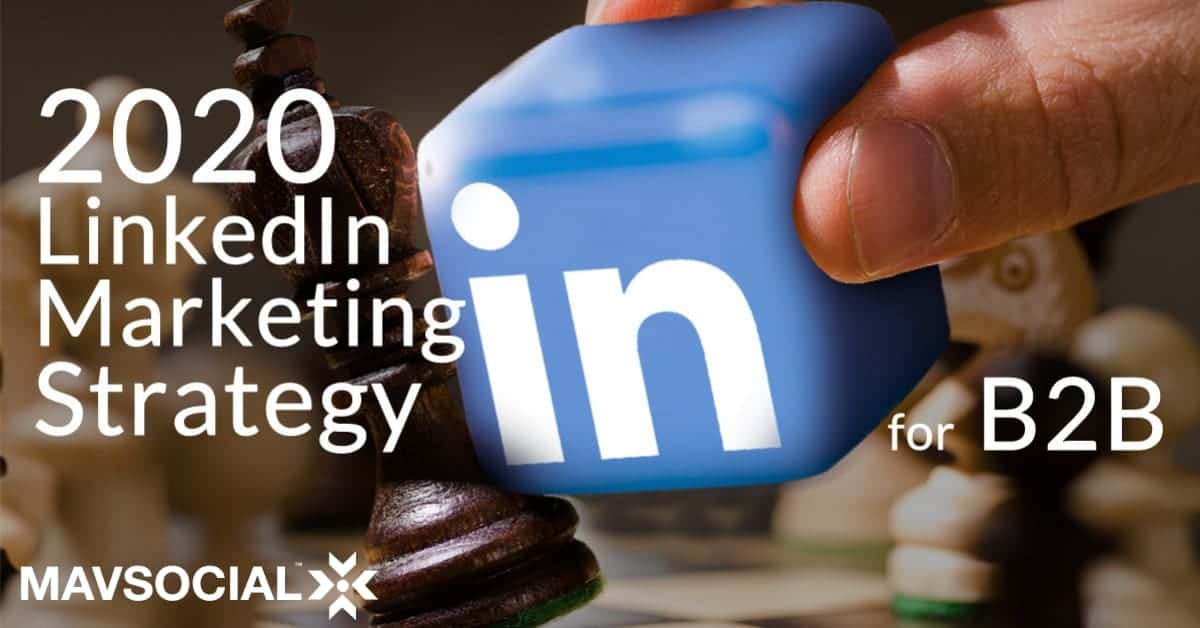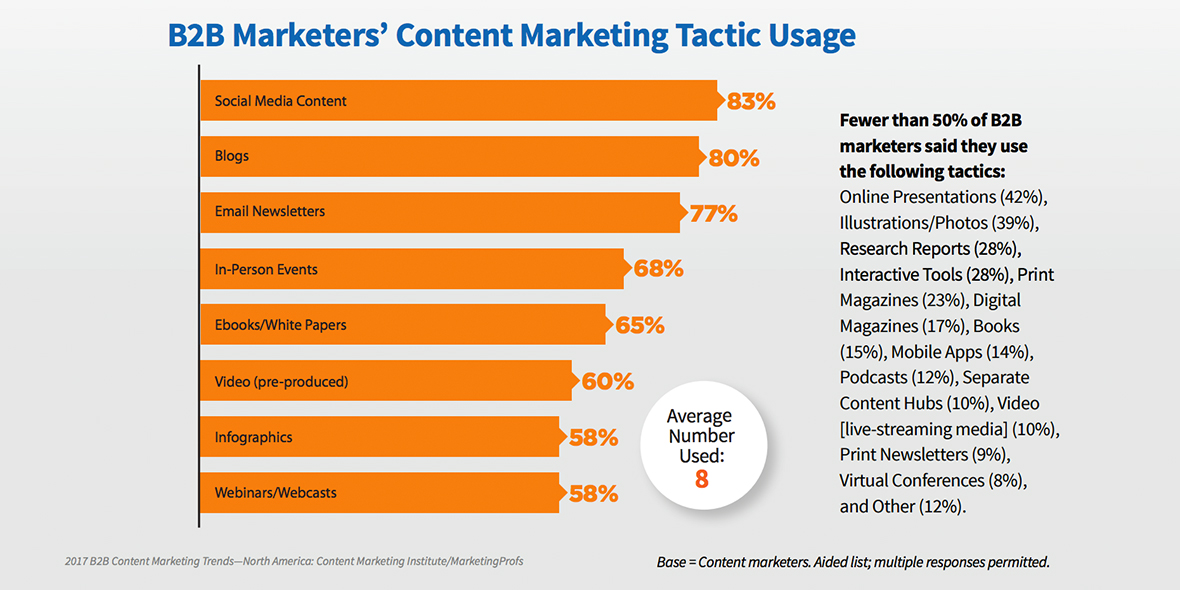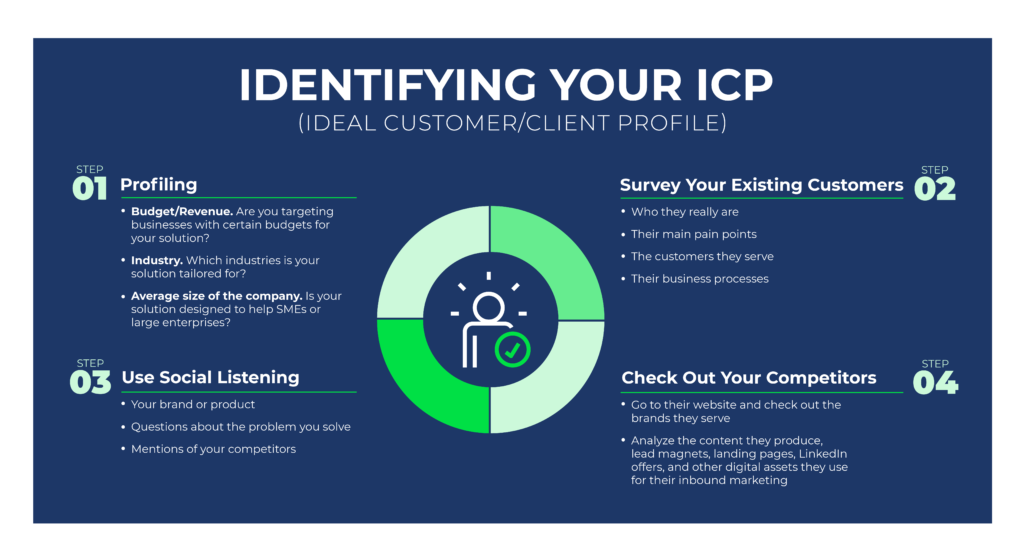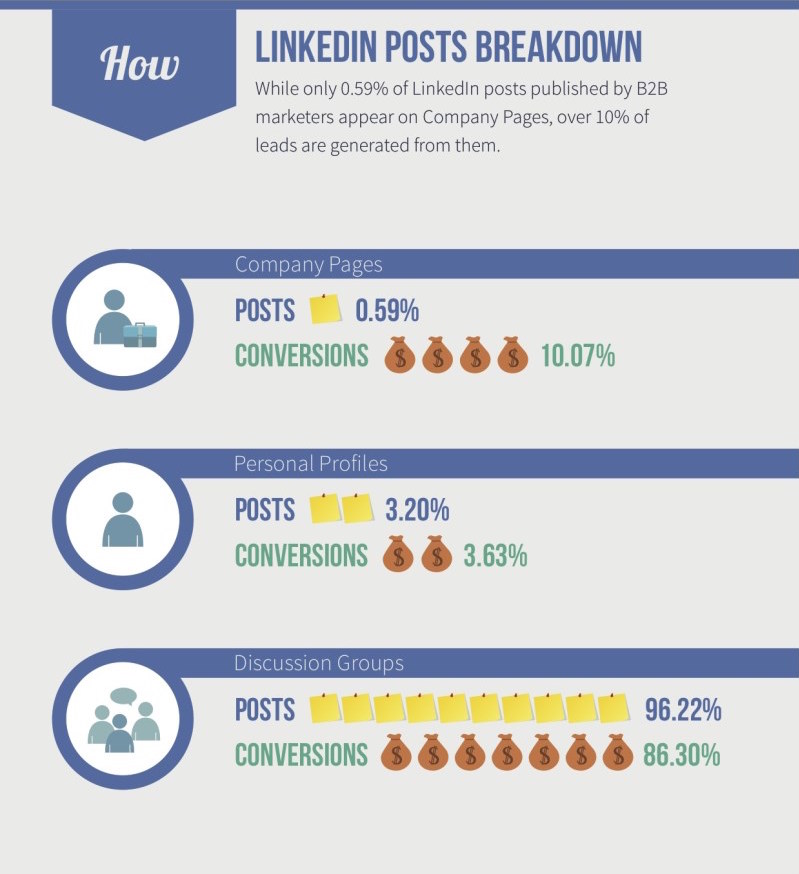For B2B LinkedIn marketing, create a compelling profile and engaging content to attract leads. Utilize strategic networking and targeted ads for optimal results.
LinkedIn Marketing is a powerful tool for B2B businesses looking to connect with a professional audience. Through a well-crafted profile and strategic content, companies can establish credibility and build relationships within their industry. Leveraging targeted advertising and engagement tactics can drive lead generation and increase brand awareness.
By implementing a comprehensive LinkedIn marketing strategy, B2B businesses can position themselves as industry leaders and expand their reach to a wider audience of potential clients.

Credit: mavsocial.com
Setting Up A Successful Linkedin Profile
Setting up a successful LinkedIn profile is crucial for B2B marketers looking to optimize their presence and connect with potential leads and business partners. Maximizing the impact of your profile involves optimizing key elements such as the headline and summary to make a strong first impression on visitors. By crafting a compelling and professional profile, you can establish yourself as an authority in your field and attract the right connections.
Optimizing Your Profile
Optimizing your LinkedIn profile starts with ensuring that all sections are complete and up-to-date. This includes adding a professional profile photo, updating your current position, and providing a detailed work history. Use keywords relevant to your industry throughout your profile to enhance search visibility and attract the right audience.
Creating A Strong Headline
Your headline is the first thing people see when they visit your profile, so it needs to be attention-grabbing and informative. Use this space to succinctly convey your expertise and value proposition. For example, rather than just listing your job title, consider including specific skills or achievements that set you apart from others in your field.
Crafting A Compelling Summary
Your summary is an opportunity to showcase your unique selling points and provide a glimpse into your professional persona. Craft a compelling summary that communicates your passion for what you do, your expertise, and the value you bring to your industry. Use this section to humanize your profile and make it relatable to potential connections.
Building A Relevant Network
Building a Relevant Network is a crucial aspect of successful B2B LinkedIn marketing strategies. In the ever-evolving landscape of professional networking, it is essential to establish connections with the right individuals and organizations to drive meaningful engagement and opportunities.
Identifying And Connecting With Target Audience
To build a relevant network on LinkedIn, first pinpoint your target audience by their industry, role, and interests. With advanced search filters, find and connect with decision-makers and stakeholders who align with your business objectives.
Engaging With Industry Groups
Join industry-specific LinkedIn groups to engage with like-minded professionals. Contribute value by sharing insights, participating in discussions, and offering solutions to common challenges. This helps position your brand as a thought leader within the community.
Leveraging Recommendations And Endorsements
Encourage satisfied clients and colleagues to provide recommendations and endorsements on your LinkedIn profile. These testimonials add credibility and trustworthiness to your brand, showcasing your expertise and capabilities to your network.
Creating And Sharing Valuable Content
Understanding The Power Of Content Marketing
Content marketing on Linkedin for B2B is key.
- Provides valuable insights
- Establishes expertise
Identifying Topics And Formats That Resonate
Topics aligned with audience interests are crucial.
- Market trends
- How-to guides
Optimizing Content For Maximum Engagement
Optimize content for higher reach and interaction.
| Engagement Strategies | Implementation |
|---|---|
| Use visual content | Incorporate images and videos |
| CTAs | Include clear call-to-action buttons |

Credit: www.clearvoice.com
Leveraging Linkedin’s Advertising Platform
When it comes to B2B marketing, leveraging LinkedIn’s advertising platform is crucial for reaching the right audience effectively. With over 700 million professionals on the platform, LinkedIn offers a powerful set of advertising tools to help businesses connect with decision-makers and industry professionals. By understanding and utilizing the various advertising options available on LinkedIn, B2B marketers can create targeted campaigns that drive meaningful engagement and ultimately, conversions.
Setting Up Targeted Ad Campaigns
LinkedIn’s advertising platform provides robust targeting capabilities, allowing B2B marketers to reach the most relevant audience for their products or services. With options such as job title, company size, industry, and more, setting up targeted ad campaigns ensures that your ads are seen by the right professionals. By narrowing down the audience based on specific criteria, businesses can increase the likelihood of engaging with potential leads who are genuinely interested in what they have to offer.
Utilizing Sponsored Content And Inmail
Sponsored content and InMail are two powerful advertising formats offered by LinkedIn. Sponsored content allows businesses to promote their company updates, blog posts, videos, and other content directly in the LinkedIn feed, while InMail enables personalized messaging directly to targeted individuals. By leveraging these formats, B2B marketers can engage with their audience in a non-intrusive manner, providing valuable content and fostering meaningful connections with potential prospects.
Optimizing Campaigns For Maximum Roi
Optimizing LinkedIn ad campaigns involves monitoring performance metrics and making data-driven adjustments to improve ROI. By analyzing click-through rates, conversion rates, and other key metrics, marketers can refine their targeting, ad creatives, and messaging to maximize the impact of their campaigns. Additionally, utilizing A/B testing enables businesses to experiment with different ad variations and identify the most effective strategies for achieving their marketing goals.
Measuring And Analyzing Linkedin Marketing Performance
Track, measure, and analyze your LinkedIn marketing efforts to get the most out of your B2B strategy. By monitoring key metrics and leveraging data insights from LinkedIn analytics, you can optimize your approach and improve the effectiveness of your marketing campaigns.
Tracking Key Metrics And Kpis
Monitoring and understanding key metrics and key performance indicators (KPIs) is essential for assessing the success of your LinkedIn marketing strategy. There are several important metrics to consider:
- Impressions: The number of times your content is displayed to LinkedIn users
- Click-through Rate (CTR): The percentage of users who clicked on your content after seeing it
- Engagement: The level of interaction (likes, comments, and shares) your content received
- Conversions: The number of users who took the desired action after seeing your content
By tracking these metrics, you can gain insights into how well your LinkedIn marketing efforts are performing, identify areas for improvement, and refine your strategy accordingly.
Using Linkedin Analytics
LinkedIn provides a robust analytics platform that can help you measure and analyze the performance of your content and campaigns. With LinkedIn analytics, you can access detailed information about your audience demographics, engagement data, and the performance of specific posts or campaigns.
Using LinkedIn analytics, you can:
- Identify your target audience: Analyze demographic data to understand who your content is resonating with
- Measure engagement: Determine how well your content is performing and which posts generate the highest levels of engagement
- Spot trends: Monitor trends in engagement and adjust your strategy accordingly
- Optimize campaigns: Identify which campaigns are driving the most conversions and refine your approach to maximize results
By regularly reviewing and utilizing LinkedIn analytics, you can make data-driven decisions that enhance the success of your B2B marketing on the platform.
Leveraging Data To Improve Strategy
Data insights obtained from tracking metrics and utilizing LinkedIn analytics can be leveraged to refine and enhance your LinkedIn marketing strategy. By analyzing the data, you can identify patterns, trends, and opportunities to optimize your approach. Here’s how you can leverage data:
- Identify content gaps: Determine what types of content resonate most with your audience and develop more of it
- Personalize your messaging: Utilize demographic data to tailor your messaging to different target segments
- Optimize posting times: Use engagement data to identify the best times to post your content for maximum visibility and engagement
- A/B test campaigns: Compare the performance of different variations of your campaigns to identify the most effective strategies
By leveraging data insights, you can continuously optimize your LinkedIn marketing strategy, ensuring that you’re reaching the right audience, delivering impactful content, and driving measurable results for your B2B business.

Credit: revenuezen.com
Frequently Asked Questions Of Linkedin Marketing Strategies For B2b
How To Use Linkedin Effectively For B2b Marketing?
To use LinkedIn effectively for B2B marketing, create a professional profile, join relevant groups, publish informative content, engage with connections, and utilize targeted advertising. By following these steps, you can maximize your B2B marketing efforts on LinkedIn.
How Do I Optimize My Linkedin For B2b?
To optimize your LinkedIn for B2B, focus on creating a professional profile, use relevant keywords, showcase your expertise, engage with B2B content, and connect with relevant professionals. Completing your profile, sharing industry insights, and networking actively will help maximize your B2B prospects.
How Do I Reach B2b Customers On Linkedin?
To reach B2B customers on LinkedIn, optimize your profile and share relevant content regularly. Engage with industry groups, participate in discussions, and utilize LinkedIn ads for targeted outreach. Personalize connection requests and messaging to establish meaningful relationships and showcase your expertise in the field.
How Do I Use Linkedin Groups For B2b Marketing?
Utilize LinkedIn groups for B2B marketing by joining relevant groups, engaging with members, sharing valuable content, and participating in discussions. Connect with prospects, showcase expertise, and build relationships to drive leads and sales.
Conclusion
In light of the growing significance of professional networking platforms, leveraging LinkedIn for B2B marketing has become non-negotiable. By implementing the strategies discussed in this blog, businesses can foster valuable connections, establish thought leadership, and ultimately drive their bottom line.
It’s time to make the most of LinkedIn’s potential for B2B marketing success.
